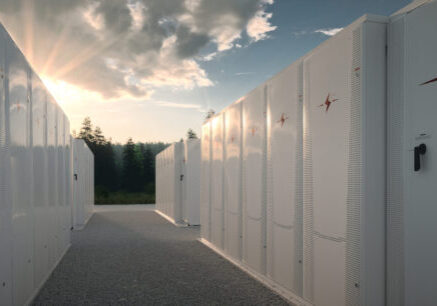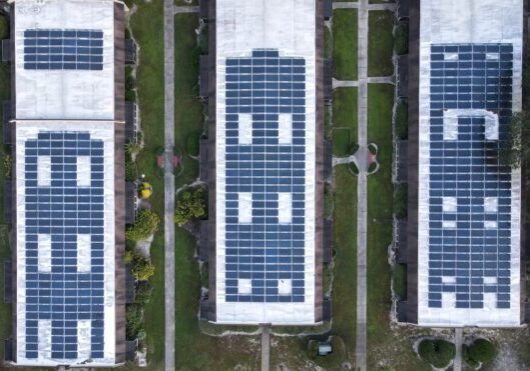February 19, 2016
Clarifying the Role of Distributed Storage in PJM
By Todd Olinsky-Paul
For a while there, PJM was looking like the promised land for behind-the-meter solar+storage vendors. The ISO had established a premium pay rate for fast-responding frequency regulation resources, which was tailor-made for battery storage, and lowered barriers to market entry; and it had gone ahead with a significant demand response program, despite a circuit court order vacating FERC order 745, which had laid the groundwork by requiring that demand response providers must be compensated at the same rate as generators (the U.S. Supreme Court later reversed the lower court’s ruling). Essentially, PJM had thrown the doors wide open and invited small, nimble distributed resources to join a set of lucrative energy services markets previously reserved for big generators.
So when the New Jersey BPU announced its first $3 million round of grant funding for resilient storage systems interconnected with behind-the-meter renewables in October 2014, there was a rush to apply. The BPU received 22 applications, of which 13 were funded. The funded projects were to provide resilient power to schools, fire and police stations, and other critical facilities, and all 13 planned to sell frequency regulation into PJM.
A year later, the landscape had shifted. By summer of 2015, PJM had proposed a temporary cap on fast responding frequency regulation resources, while it reevaluated the market. Then reports started coming in that the NJ grant-recipient projects were dropping out. By the time the dust cleared, only 4 of the original 13 funded projects remained. Some of the failed projects had been stranded by a corporate merger; others withdrew for economic reasons, having apparently misunderstood how PJM limits the amount of frequency regulation that can be provided by behind-the-meter batteries interconnected as demand response resources.
Undaunted, the New Jersey BPU has doubled down with a second round of funding, offering $3 million for energy storage in an open-enrollment prescriptive rebate program, and a second $3 million which is to capitalize a competitive solicitation (the details of the solicitation have not been finalized). But questions remain about the role of distributed storage in PJM. It is still possible, ISO officials say, to provide frequency regulation from behind the meter – but there are complex rules and requirements that can make or break a project’s bottom line, and at least some of these rules are under review. A detailed knowledge of these rules will be essential for any developer intending to sell frequency regulation into PJM.
On Tuesday, February 23, Clean Energy Group will present a free webinar presentation on PJM wholesale market rules and requirements for energy storage. The webinar will feature Scott Baker, senior business solutions analyst with PJM. To register, click here.














